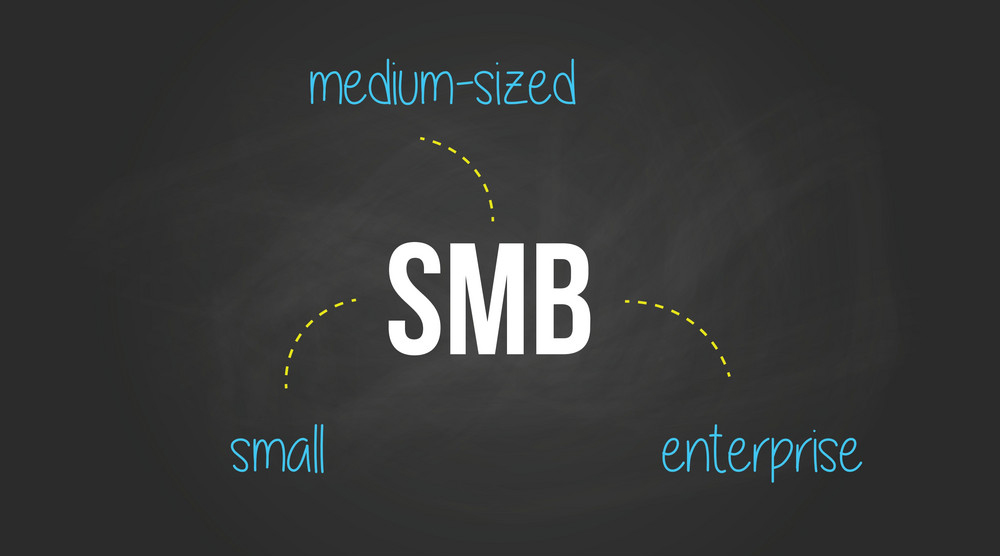- FCPL Admin
- 0 Comments
- 1117 Views
3 min read
Immersive View for routes is coming to Maps, and there are exciting new opportunities for developers to enhance their apps with Maps’ immersive experiences. From understanding a neighborhood at a glance to experiencing a place virtually like you’re really there, Maps has revolutionized navigation and exploration. Now, with advancements in AI, the introduction of a whole new way to understand your route before you even set off, whereas developers can join in on the magic of Maps’ immersive experiences, is now happening.
Preview your journey with Immersive View for routes
Over the past year, the transformation of Maps has evolved, adding visual features like search with Live View and Immersive View for places. And now, with Immersive View for routes, you can visualize every segment of your journey ahead of time, whether you’re driving, walking, or cycling.
Immersive View harnesses the power of computer vision and AI to blend billions of Street View and aerial images, creating a digital model of the world that is rich and detailed. This technology allows you to see all the necessary information about your route at a glance. When you get directions, you’ll experience a multidimensional view that lets you preview bike lanes, sidewalks, intersections, and parking spots along your way. With the time slider, you’ll have access to air quality information and see how the route looks as the weather changes throughout the day, so you can be prepared with the right gear. And no matter which mode of transportation you choose, AI and historical driving trends simulate the number of cars on the road at different times, because a route that’s peaceful in the afternoon might look very different during rush hour. Immersive View for routes puts all the vital information you need about your journey in one place.
New ways for developers to build immersive experiences
This also empowers developers to create immersive experiences in their own apps and websites with the help of the Google Maps Platform. With the new Aerial View API, now available in preview, developers can easily integrate a captivating 3D birds-eye video of a point of interest into their apps, offering users more visual information about a place. An excellent example is Rent., which already utilizes the Aerial View API to help renters visualize a property and its surrounding area, enabling them to explore a neighborhood virtually and make more informed decisions about where to live.
For developers looking to customize their 3D maps, an experimental release of Photorealistic 3D Tiles via Map Tiles API is being conducted. This release grants access to high-resolution, 3D imagery from Google Earth, enabling developers to create unique and immersive experiences without having to build a 3D map from scratch. For instance, a tourism company can develop a 3D map of a national park with photorealistic imagery of mountains, water, and trees, enticing travelers to visit. Or they can create an interactive map tour of architectural landmarks, overlaying markers to share historical information in a virtual guided tour of the city.
Weather and Air Quality Integration
Weather and Air Quality Integration is a significant feature of Immersive View for routes that adds a new dimension to navigation experiences. With the time slider functionality, users can now visualize their routes under different weather conditions throughout the day, allowing them to plan and prepare appropriately for their journeys.
By incorporating real-time weather data into the Immersive View, users gain valuable insights into how the route might be affected by weather changes. Whether it’s sunny, rainy, or cloudy, the time slider provides a dynamic visualization of how the weather conditions evolve along the route. This information is particularly useful for outdoor activities such as walking, cycling, or even commuting, as it allows users to make informed decisions about the timing and gear they need.
For example, if the time slider indicates rain showers during a specific time frame, users can prepare by carrying an umbrella or wearing appropriate rain gear. On the other hand, if the weather forecast shows clear skies, users can plan outdoor activities without worrying about sudden downpours. This integration of weather data empowers users to adapt their plans accordingly and enhances their overall experience by minimizing weather-related surprises.
AI-Powered Traffic Simulation
AI-Powered Traffic Simulation is a key aspect of the Immersive View for routes, offering users a comprehensive understanding of the traffic conditions they may encounter along their journeys. By leveraging AI and historical driving trends, this feature provides users with an accurate simulation of the number of cars on the road at different times, allowing them to plan their routes more effectively.
Understanding the traffic situation beforehand is crucial, especially during peak hours or in congested areas. By simulating real-time traffic conditions, Immersive View enables users to anticipate potential delays, choose alternative routes, or adjust their departure times to avoid heavy traffic. This not only saves valuable time but also reduces stress and frustration during the journey.
The integration of AI and historical driving trends allows Immersive View to provide users with insights into the traffic patterns of specific routes at different times of the day. For example, a route that appears peaceful in the afternoon may experience heavy traffic during rush hour. By visualizing this information in advance, users can make informed decisions about the most suitable time to travel, helping them avoid traffic congestion and ensure a smoother and more efficient journey.
Moreover, this feature is particularly beneficial for users who rely on public transportation or prefer eco-friendly modes of transportation. By simulating the number of cars on the road, Immersive View helps users assess the availability and frequency of public transportation, allowing them to plan their journeys accordingly. It also encourages users to choose alternative transportation options, such as walking or cycling, during peak traffic hours, promoting sustainable and efficient commuting.
As technology continues to evolve, AI and immersive experiences are transforming the way we navigate and explore the world. With Immersive View for routes and new tools for developers, Maps is taking us on an exciting journey where every turn reveals something extraordinary.





